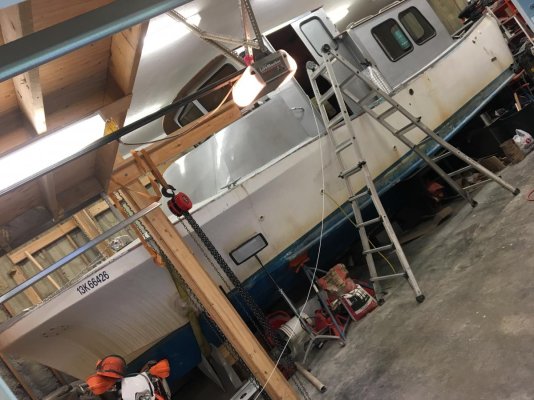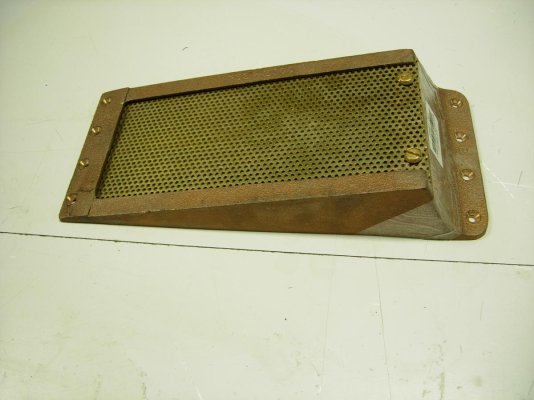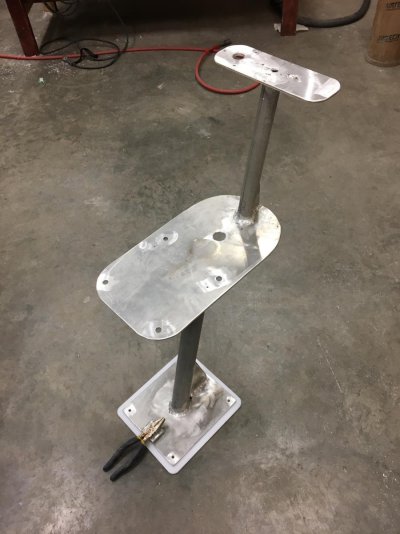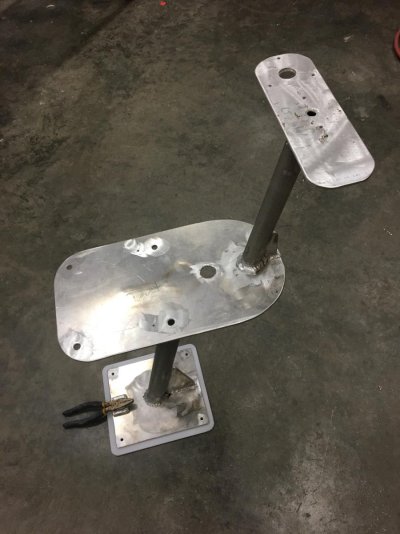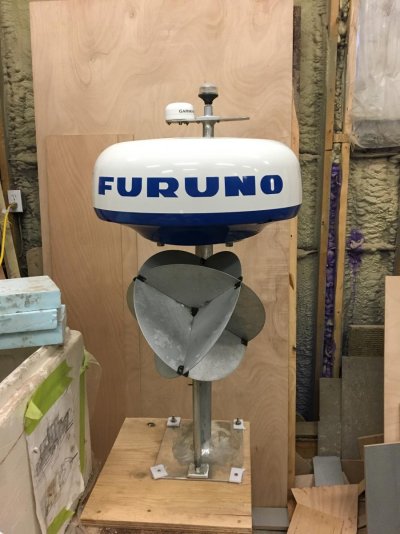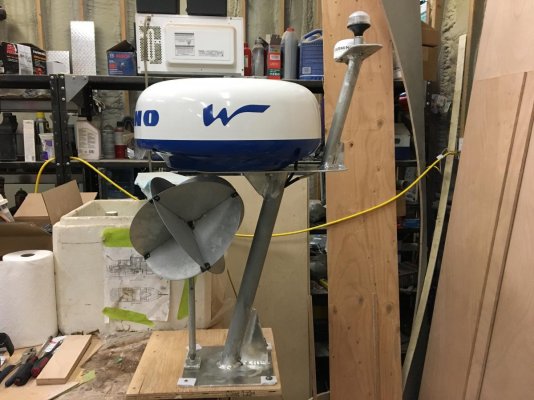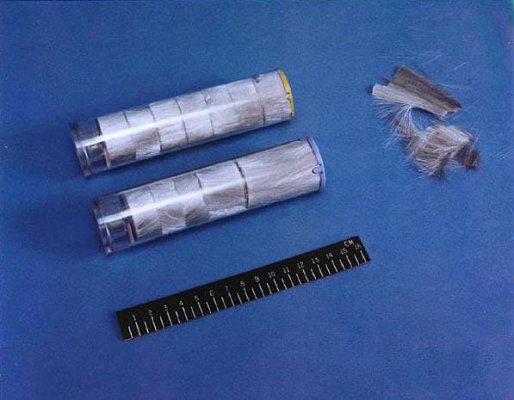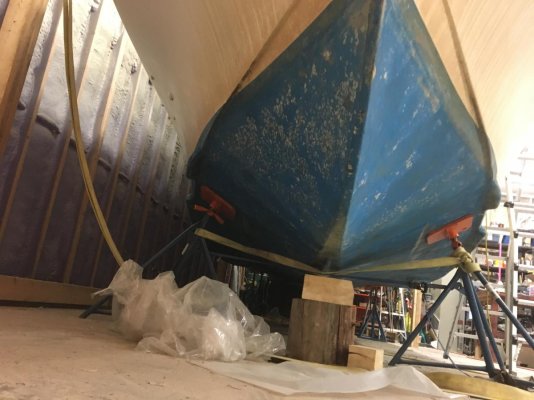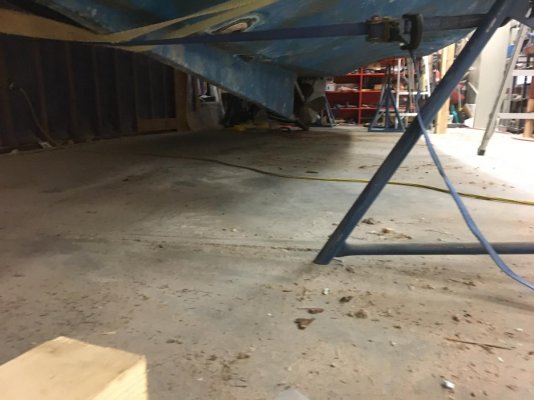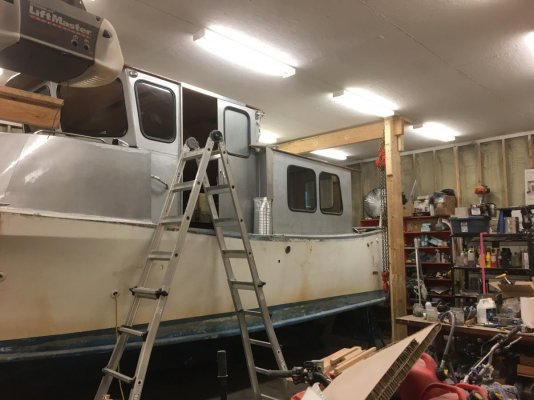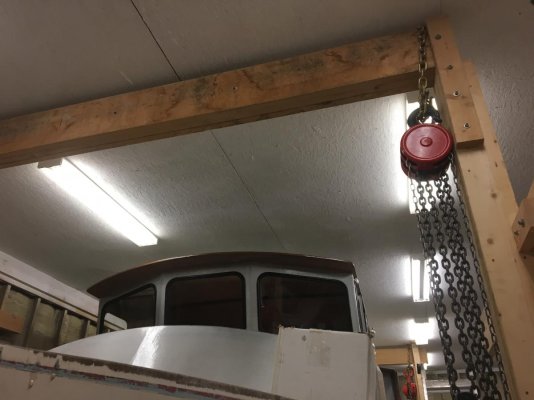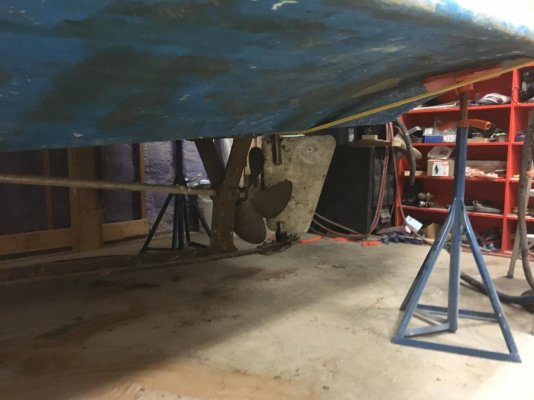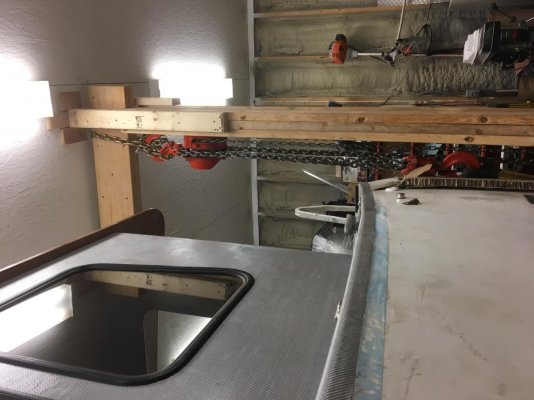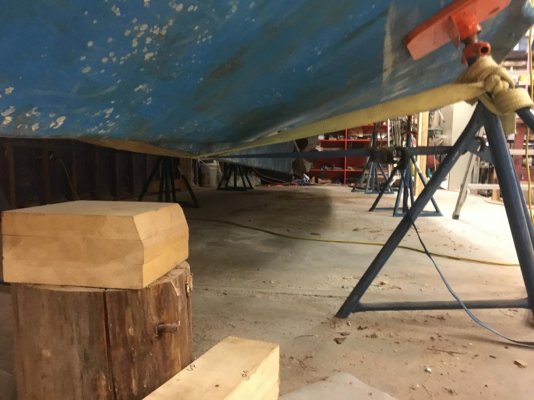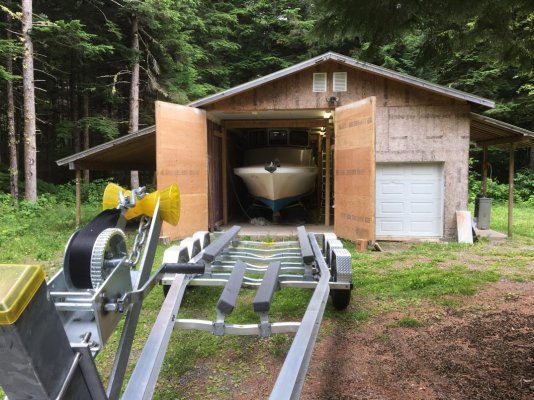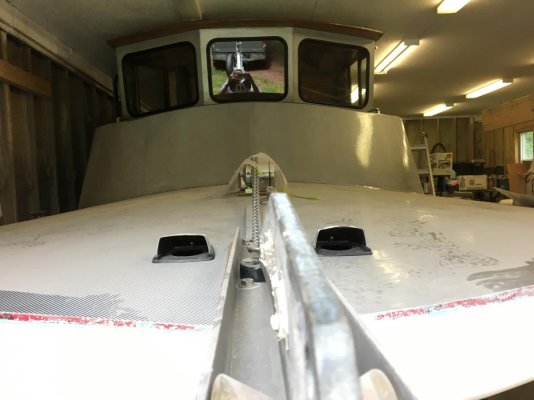PNW Drifter
Senior Member
All tapped out... i love the look of brass in the morning
Every job on a boat takes three times longer than you think it will, but the seacocks were an exception. They took four times longer.
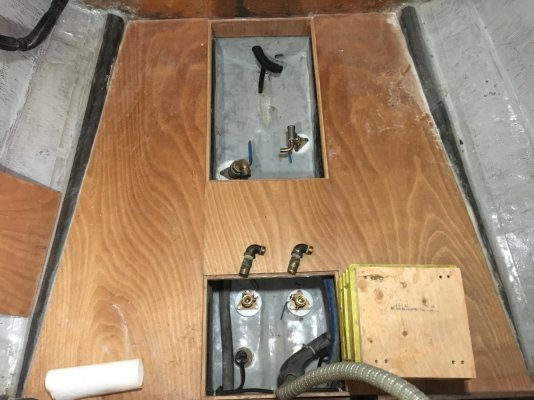
Still, the harder the work, the greater the satisfaction. Hoses on.
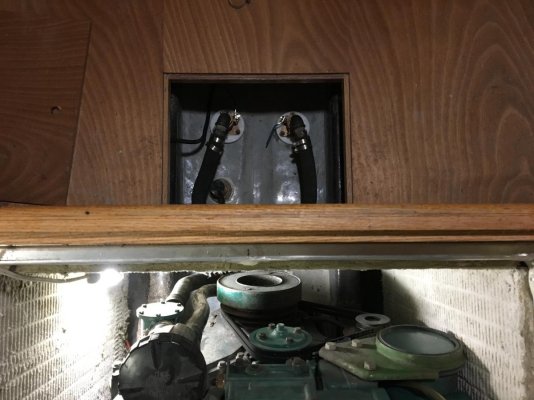
Just gotta snug up the clamps, and then hook up the raw water heat exchanger discharge hose.
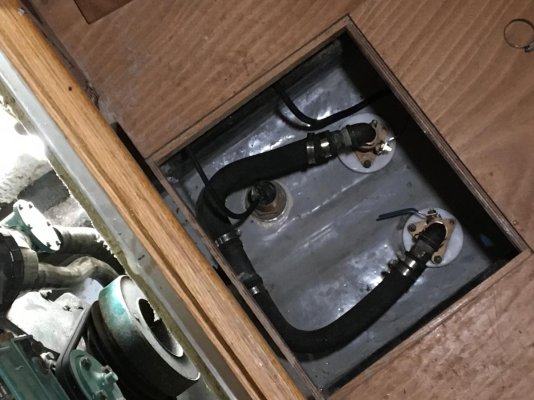
Every job on a boat takes three times longer than you think it will, but the seacocks were an exception. They took four times longer.


Still, the harder the work, the greater the satisfaction. Hoses on.

Just gotta snug up the clamps, and then hook up the raw water heat exchanger discharge hose.

Last edited:

